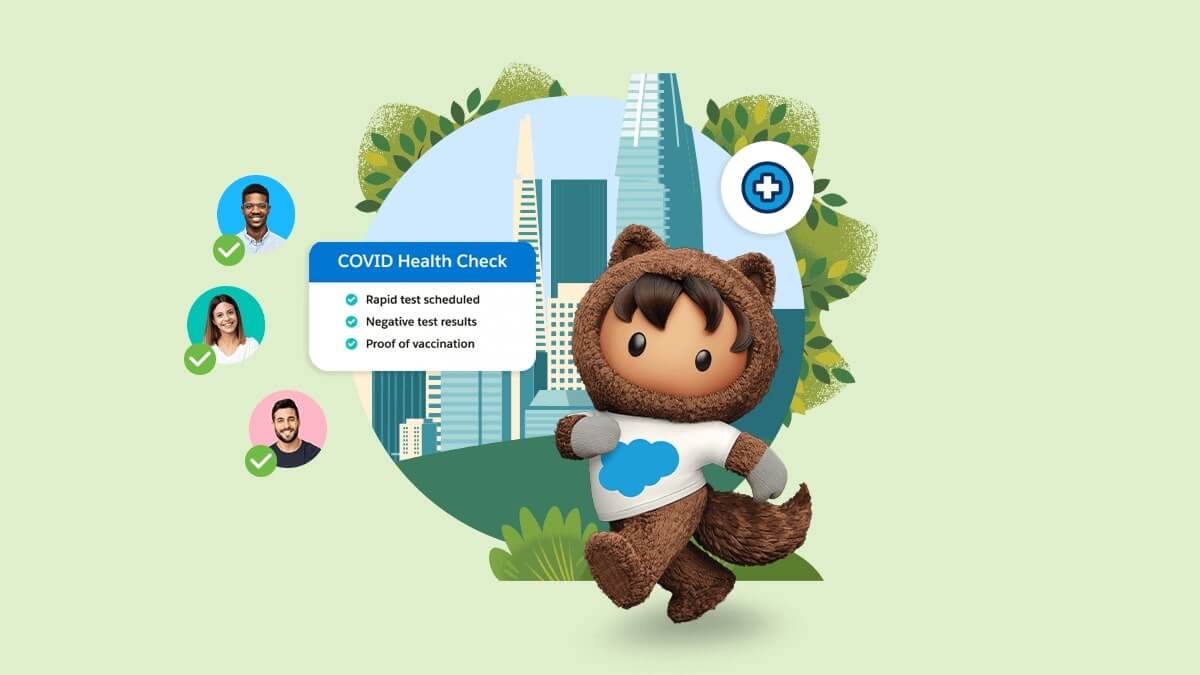Chapter 2: Scale COVID-19 Safety Practices for In-Person Events

Assemble a Team of Event Experts
Your team should include staff from each of these areas:
- Event logistics to create a smooth flow for both live events and streaming content
- Registration to ensure a consistent, easy-to-understand process for attending both in-person and online events
- Tech support to create the best possible experience at live and online events and quickly solve any glitches that may occur
- Event coordinators to organize all event details and communicate with stakeholders so that events unfold as planned
Create a Safer Event Space

Address Testing, Vaccination, and Access Controls
Respond to Changing Issues
Reflect and Review
Ask yourself which event protocol guidelines and communications went well and which didn’t? What could you do differently next time? No event is ever perfect, and taking the time to analyze feedback from attendees and staff will pay off in the future. Here are some good questions to ask:
- Were there any positive virus test results?
- Was there any negative feedback about your protocols?
- Did people feel safe?
- What worked smoothly? What didn’t?
- Did people enjoy the event?
You should document your results with as many specifics and as much quantification as possible. Then review them before planning your next event to discover ways to improve the experience for everyone.
For us, Dreamforce was a great example of how an organization can successfully deliver a safer in-person experience for employees and customers. Events are an important part of the Salesforce culture, and we missed making those connections with our customers during the first 20 months of the pandemic. After careful consideration, we realized that Dreamforce would be the perfect occasion to bring people back together.
Thanks to months of comprehensive planning and discipline throughout the event, we successfully hosted two Dreamforce events with a total of over 4,500 attendees – one in September 2021 in San Francisco and another in December 2021 in New York City. Maintaining the health and safety of attendees was our number one priority, and following the procedures listed above helped us make the events successful.
Up Next: Chapter 3: Scale COVID-19 Safety Practices in the Workplace
In this chapter, learn how to:
- Create a leadership task force
- Outline the phases of reopening
- Prepare your employees
- Adopt flexible work policies
- And more!
Chief Medical Officer
Chief People Officer
Chief Marketing Officer
More Resources

Video
Get Expert Guidance on How to Get Together, Safely

Customer Story
Paladina Health Keeps Employees Safe and Builds Trust with Salesforce

Salesforce+ Video
Soledad O'Brien on How Salesforce Uses Safety Cloud







